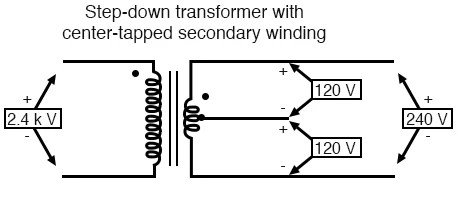Hi, as I am looking to set up a very simple solar power set up I have run across a small question.
I want to set up solar power to my Water Pump House. Here is what it has.
1 Well pump - 3/4hp, 220v, turns on when needed, about 2 times per day, 5 minutes each.
1 water conditioner, 110v, turns on about 1time every 3 days, 2hr on time
2 outlets, when needed, very very seldom, like 1 or 2 times per year.
I have a 12v/110v 1000watt inverter used elsewhere, but it can be used here.
Here is my question, should I buy an additional 12v/110v 1000w inverter or
should I buy a 12v/220v 2000w inverter.?
Here is an additional question, will the newer 220v box (if that is what is recommended) comes with a single 220v line or two 110v lines in the plug?
Additional information: My well (water pump) is hard wired it the breaker box so I will be connecting the solar power system to the breaker box.
I Have a budget of 750-800 dollars for this project.
This will be off-grid
I want to set up solar power to my Water Pump House. Here is what it has.
1 Well pump - 3/4hp, 220v, turns on when needed, about 2 times per day, 5 minutes each.
1 water conditioner, 110v, turns on about 1time every 3 days, 2hr on time
2 outlets, when needed, very very seldom, like 1 or 2 times per year.
I have a 12v/110v 1000watt inverter used elsewhere, but it can be used here.
Here is my question, should I buy an additional 12v/110v 1000w inverter or
should I buy a 12v/220v 2000w inverter.?
Here is an additional question, will the newer 220v box (if that is what is recommended) comes with a single 220v line or two 110v lines in the plug?
Additional information: My well (water pump) is hard wired it the breaker box so I will be connecting the solar power system to the breaker box.
I Have a budget of 750-800 dollars for this project.
This will be off-grid




